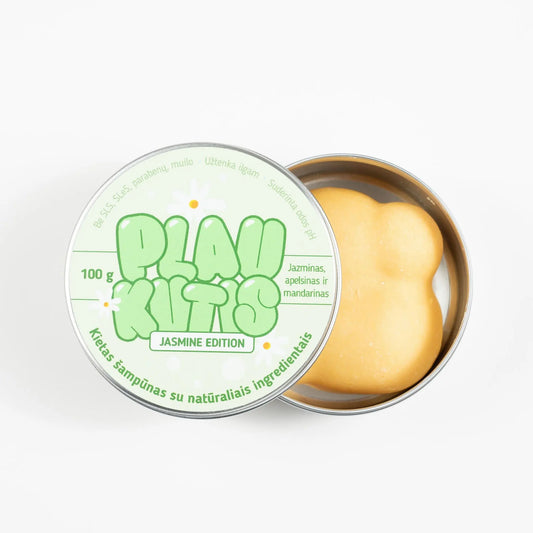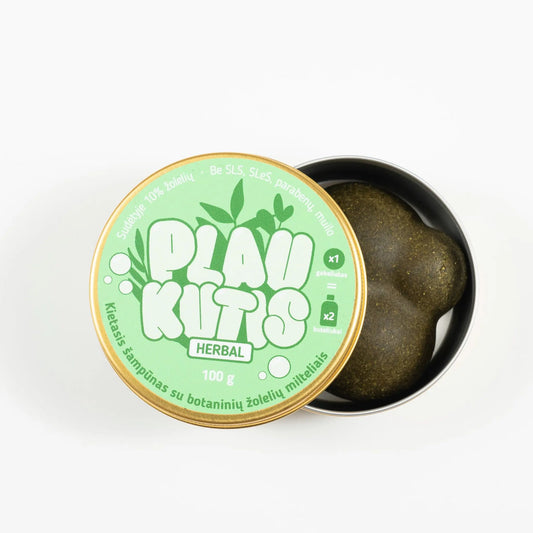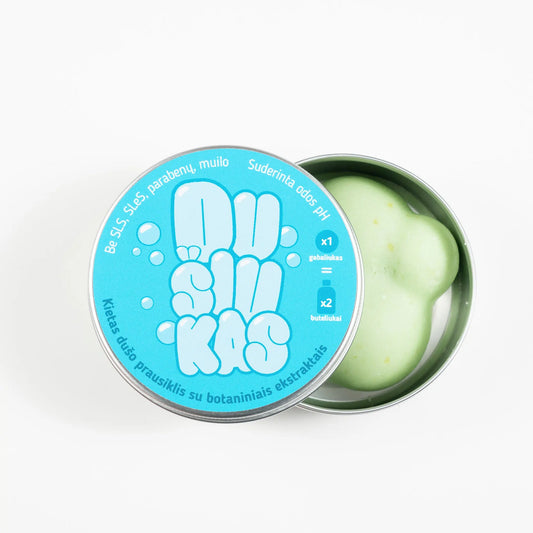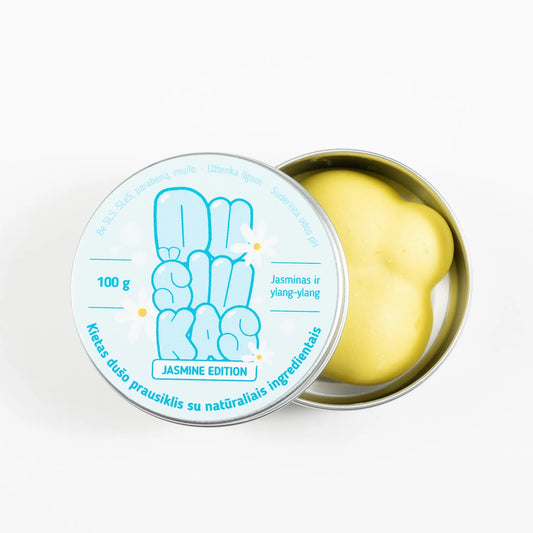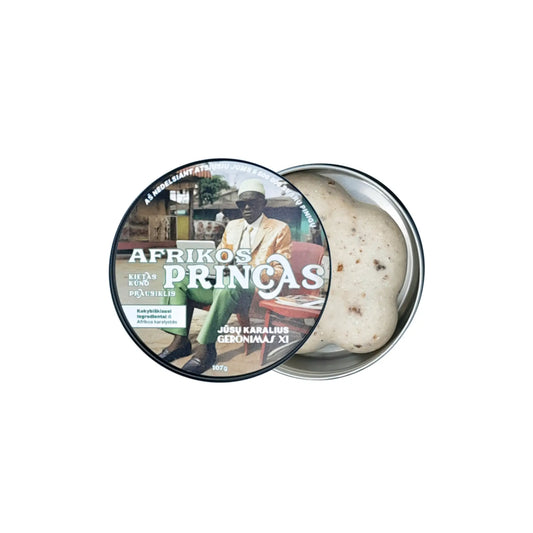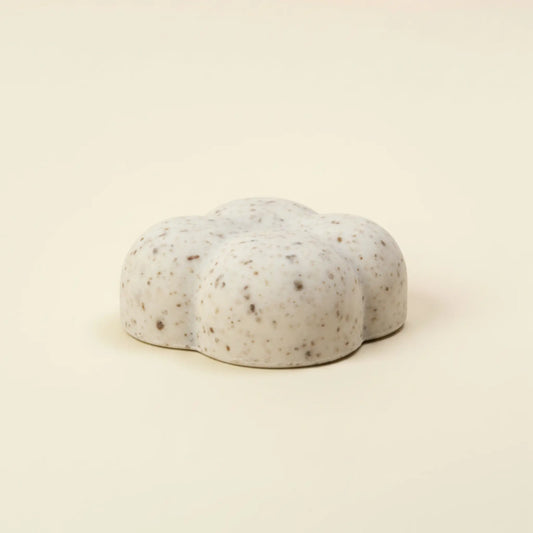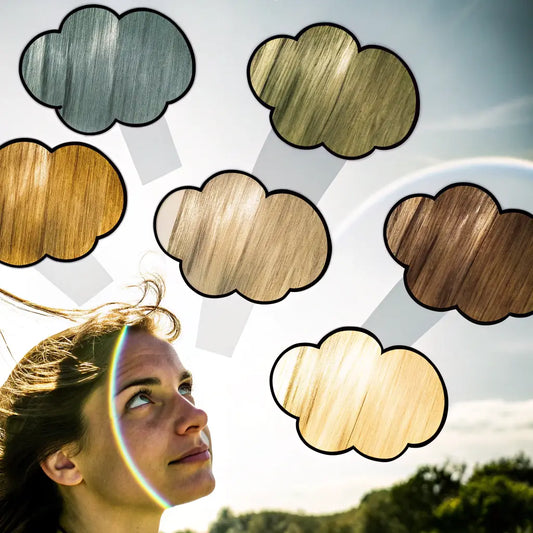Hair comes in a variety of textures and types, from straight to wavy, curly, or coily. Each type has unique characteristics, and embracing your natural hair can help make it easier to maintain and healthier. But did you know that hair texture and type aren’t just aesthetic? They’re shaped over millennia and depend on genetics, environmental conditions, and even diet. Research suggests that hair type can reveal how ancient populations adapted to their environments.
In this article, we'll discuss how to understand your hair type, care for it, and provide lesser-known research, interesting facts, and practical advice. Whether your hair is straight or full of curls, embracing your natural look is the most important step to reaching its true potential.
Why it's important to understand your hair type
Embracing natural texture
When you work with your hair's natural texture rather than trying to change it, you can significantly reduce the damage caused by heat and chemical treatments. For example, one study found that heat styling tools can increase hair's brittleness by as much as 50% , leading to breakage. Curly and coily hair, in particular, is more prone to breakage due to its naturally drier texture.
- Fact : According to the American Academy of Dermatology, curly hair can lose moisture up to 55% faster than straight hair, so proper hydration is extremely important.
Each hair type has specific needs and requires different care. With the right products and methods, you can enhance your hair's natural beauty. For example:
- Straight hair (type 1) tends to accumulate more oil but requires less hydration than other types.
- Wavy hair (type 2) requires lightweight products that emphasize waves without weighing them down.
- Curly hair (type 3) requires a lot of moisture to avoid dryness and frizz.
- Spiral hair (type 4) benefits from heavy creams and oils that lock in moisture and maintain a soft texture.

Hair care tailored to your type
In addition to the obvious texture, factors like hair porosity, density, and thickness play a big role in how well your hair looks. For example, hair porosity determines how well your hair absorbs and retains moisture. Low porosity hair, which is usually straight or fine, has a hard time absorbing moisture, while high porosity hair (usually curly and coily) absorbs water quickly but has a hard time retaining it.
- Research : A study in the International Journal of Trichology found that high porosity hair is 40% more likely to frizz in humid environments than low porosity hair.
Another factor is hair density, which is how much hair you have on your scalp. The average person has between 80,000 and 120,000 hairs on their head, but density varies based on genetics. Thick, dense hair requires more product and longer drying times, while fine hair benefits from lightweight products that don't weigh down the hair.
Popular hairstyles for every hair type
Once you understand your hair type, you can choose the right cut or hairstyle to enhance your natural beauty. The wrong hairstyle can accentuate unwanted features like frizz or flatness, while the right one will highlight your hair's best features.
The best haircuts for straight hair (type 1)
Straight hair is smooth and shiny, but it can lack volume. The right cut can add body and movement.

- Popular hairstyles : Straight bob, layered cuts, and sleek ponytails.
- Volume Boost : A study in Cosmetic Sciences found that using dry shampoo can increase hair volume by up to 30% .
- Maintenance : Avoid heavy conditioners and use volumizing products to keep hair from becoming flat.
Best haircuts for wavy hair (type 2)
Wavy hair gives a natural, sea-like look, but it can be prone to frizz, especially in humid conditions.

- Popular hairstyles : Shoulder-length cuts, long waves, and layered styles.
- Frizz Reduction : A study published in Frizz-Free Solutions found that anti-frizz serums reduced hair frizz by 60% .
- Maintenance : Use lightweight gels or mousses to maintain waves without weighing them down.
Best haircuts for curly hair (type 3)
Curly hair has a lot of volume and texture, but it needs hairstyles that emphasize its natural volume without additional maintenance.

- Popular hairstyles : Layered curls, shoulder-length haircuts, and curly bobs.
- Shrinkage Reduction : Studies show that curly hair shrinks by as much as 30-50% due to its spiral structure.
- Care : Use curling creams and avoid combing dry hair to prevent frizz.
Best haircuts for spiral hair (type 4)
Spiral hair is the most susceptible to dryness and breakage, but it can be styled in a variety of protective ways that help preserve length and reduce breakage.

- Popular hairstyles : Twist-outs, braids, and afro styles.
- Moisture retention : According to the National Institutes of Health, curly hair loses moisture up to 45% faster than straight hair, so moisture retention is extremely important.
- Maintenance : Use heavier creams and oils to lock in moisture, and protective styles like braids or twist-outs.
Myth busting and interesting facts
-
Myth : Frequent hair cutting promotes hair growth.
Fact : Hair growth is determined by genetics and hormones, not by how often you cut it. Hair typically grows about 1.25 cm per month, regardless of how often you cut it. - Fun fact : Hair can support up to 12 tons of weight, according to a study published in the Journal of Biomechanics . Hair is much stronger than many people think.
-
Myth : Hair turns gray from stress.
Fact : While stress can affect hair health, premature graying is mostly genetic. - Interesting fact : Hair is the second fastest growing tissue in the human body, after bone marrow.
-
Myth : Many products can damage hair.
Fact : It's not the quantity that matters, but the right choice of products for your hair type.
Practical tips for every hair type
- Straight hair : Use volumizing products, avoid heavy conditioners, and use dry shampoo between washes.
- Wavy hair : Use anti-frizz products, let your hair dry naturally, and avoid washing it too often.
- Curly hair : Use moisturizing conditioners regularly, use a microfiber towel to reduce frizz.
- Spiral hair : Moisturize daily with oils and heavy creams. Incorporate protective hairstyles to reduce breakage.

Frequently asked questions
-
How to determine your hair type?
Let your hair dry naturally and observe its behavior. Is it straight, wavy, curly, or coily? -
Can hair type change over time?
Yes, hormones, age, and health conditions can change hair texture. -
How often should you wash your hair?
Straight hair may need to be washed more often, while curly and coily hair may need to be washed less often to retain moisture. -
What is the best way to avoid frizz?
Use leave-in conditioners, anti-frizz serums, and avoid rough brushes. -
Can I use heat tools on my hair?
Heat can damage any hair type, but by using heat protectants and setting the temperature lower, you can minimize the damage.
Conclusion
Understanding your unique hair type is the first step to achieving healthy, manageable hair. Whether your hair is straight, wavy, curly, or coily, embracing your natural texture will lead to better results. By choosing the right products and tailoring your hairstyles to your hair type, you can bring out its full beauty and expression.
